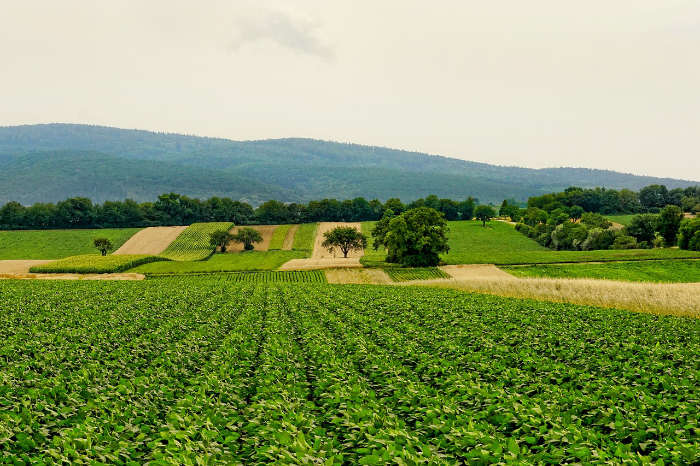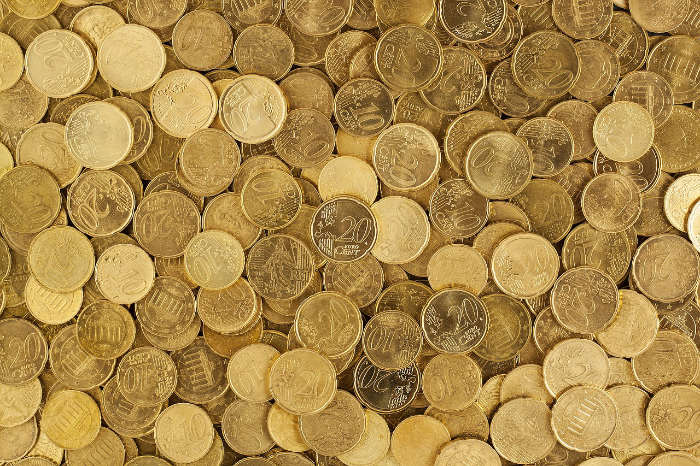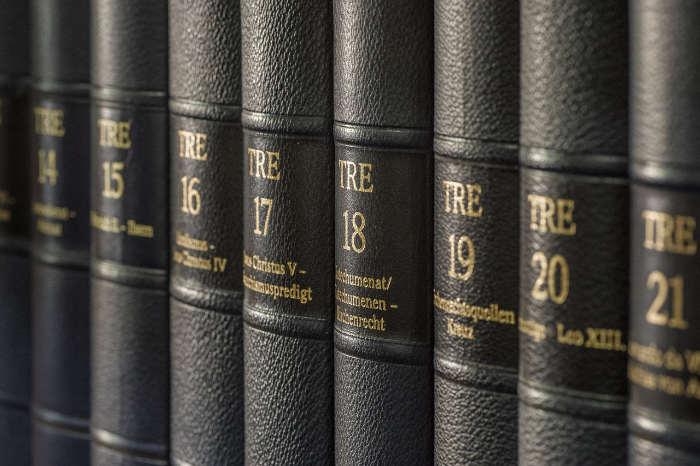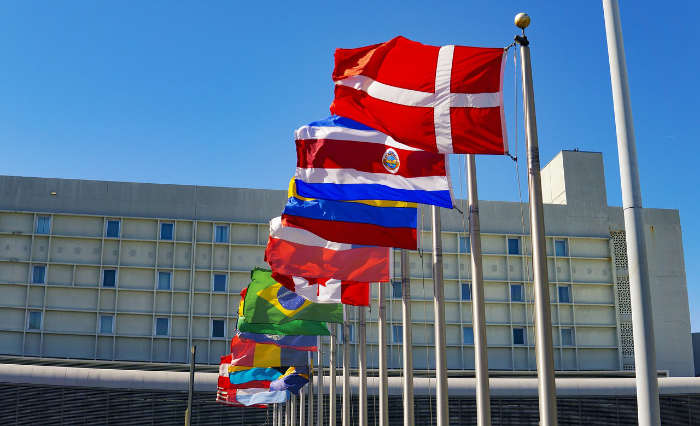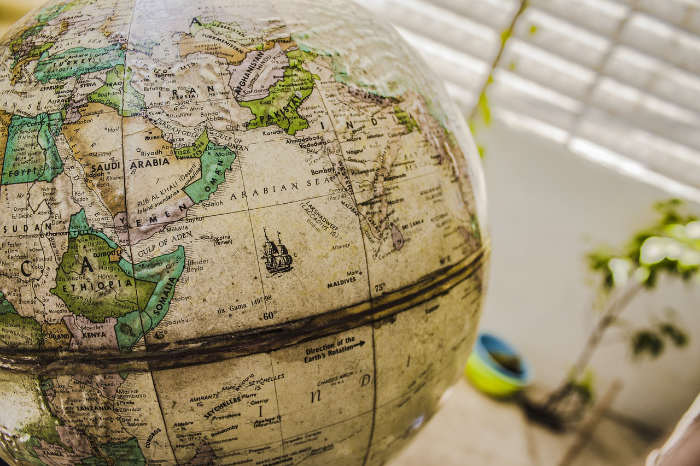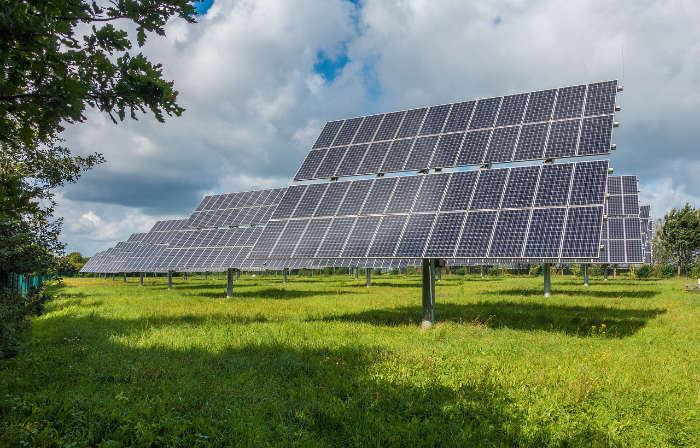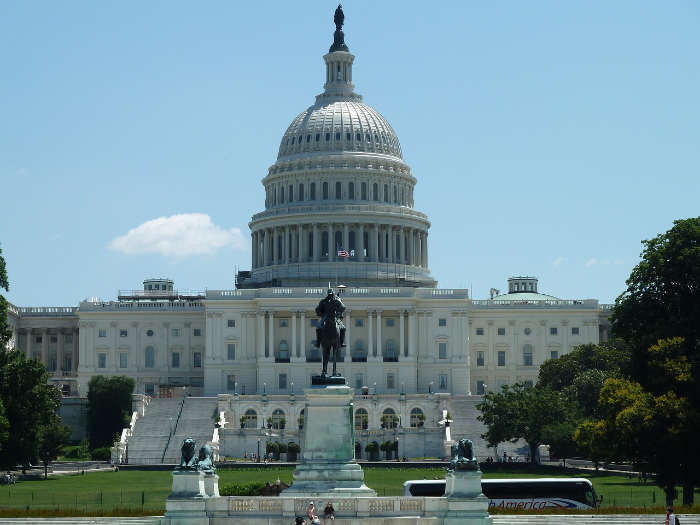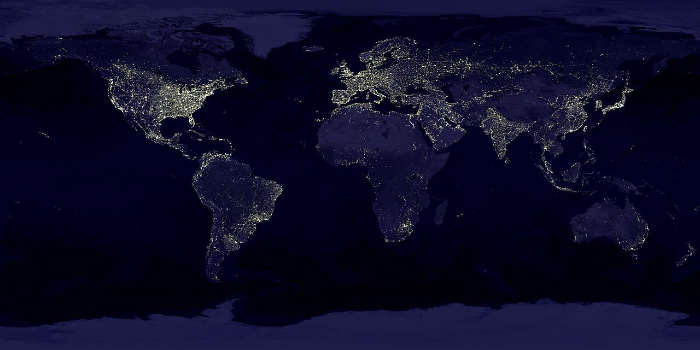Second World Countries 2025

Country↑ | Formerly Part Of | Region | |
|---|---|---|---|
| Albania | Southern Europe | ||
| Armenia | Soviet Union | Western Asia | |
| Azerbaijan | Soviet Union | Western Asia | |
| Belarus | Soviet Union | Eastern Europe | |
| Bosnia and Herzegovina | Yugoslavia | Eastern Europe | |
| Bulgaria | Eastern Europe | ||
| Croatia | Yugoslavia | Southeast Europe | |
| Czech Republic | Czechoslovakia | Eastern Europe | |
| Estonia | annexed by the Soviet Union | Northern Europe | |
| Georgia | Soviet Union | Western Asia | |
| Germany | East Germany | Western Europe | |
| Hungary | Eastern Europe | ||
| Kazakhstan | Soviet Union | South-Central Asia | |
| Kyrgyzstan | Soviet Union | South-Central Asia | |
| Latvia | annexed by Soviet Union | Northern Europe | |
| Lithuania | annexed by Soviet Union | Northern Europe | |
| Moldova | Soviet Union | Eastern Europe | |
| Montenegro | Yugoslavia | Southeast Europe | |
| North Macedonia | Yugoslavia | Southern Europe | |
| Poland | Eastern Europe | ||
| Romania | Eastern Europe | ||
| Russia | Soviet Union | Northern Europe/Asia | |
| Serbia | Yugoslavia | Eastern Europe | |
| Slovakia | Czechoslovakia | Eastern Europe | |
| Slovenia | Yugoslavia | Southern Europe | |
| Tajikistan | Soviet Union | South-Central Asia | |
| Ukraine | Soviet Union | Eastern Europe | |
| Uzbekistan | Soviet Union | South-Central Asia |
- The term Second World has had two different definitions. The table below focuses upon the original, political definition and displays countries that were aligned with the USSR during the Cold War (as opposed to the NATO-aligned First World).
- Germany at the time was split between East Germany (Second World) and West Germany (First World).
- Albania broke Soviet influence in the 1960s and aligned itself with China.
- The forcible annexation of Estonia, Latvia and Lithuania into the Soviet Union in 1940 was considered illegal by the United States and most Western European democracies and the three nations were de jure not considered parts of the Soviet Union.
- China, North Korea, Laos, Vietnam and Mongolia - This countries are considered sometimes being part of the Second World, the relatively high-income Communist countries or those with centrally planned economies in which the government owns the means of production.
- The term Second World also has a modern, economic definition and indicates countries with a middle level of development.
What is a “second world” country? That depends upon when in history the label is being applied. The term second world was first used following World War II, when countries were categorized as First World, Second World, or Third World countries by French demographer Alfred Sauvy in 1952 (though there is debate as to whether he invented the terms or adopted them from another source). First World countries were the democratic, capitalist countries allied with the United States and NATO. Second World countries were the communist, socialist countries of the Eastern bloc, led primarily by the Soviet Union and China, many of which signed the Warsaw Pact of 1955. Third World countries were those neutral countries not aligned with either power. These definitions lasted throughout the Cold War (approx. 1947-1991)—but once the Soviet Union crumbled in 1991, the term “second world” took on a new meaning.
Second World Countries 1947-1991
The Changing Definition of Second World
After the disintegration of the Soviet Union in the early 1990s, the “three worlds” terminology took on new meanings. While the term was originally used to describe political ideologies, it is now used to define economic states. Today, “First World” countries are those considered to be developed countries. “Third World” countries and even Fourth World countries are considered to be the developing and least developed countries of the world. Finally, “Second World” countries are those which sit between those two extremes. Second World countries may or may not be former communist countries, but they must be neither prosperous nor poverty-stricken.
Perhaps predictably for an unofficial designation, the borders of the Second World can be murky. One definition of the modern Second World country comes from economist and author Parag Khanna’s 2008 book, The Second World: How Emerging Powers Are Redefining Global Competition in the Twenty-first Century:
“Of the approximately two hundred states in the world today, only thirty are members of the First World club of the Organisation for Economic Co-operation and Development (OECD). Meanwhile, the bottom forty-eight (mostly in Africa) are formally labeled Least Developed Countries (LDCs). In between lie the Second World nations.”
Another similar definition is to utilize the World Bank’s list of Middle-Income Countries, which roughly parallel’s Khanna’s list but leaves off high-income countries that happen to not be OECD members, such as Hong Kong. Qatar, and Singapore.
Another, arguably more subtle method of assessing a country’s “world-ism” is to consult the Human Development Index (HDI), one of the world’s most accurate and respected measures of economic development. The HDI tracks dozens of indicators such as life expectancy, education, and per capita income, then aggregates them all into a single value between 0 (lowest) and 1 (highest). Each country is then categorized into one of four levels of human development based upon their HDI score:
- Low human development (0-.55)
- Medium human development (.55-.70)
- High human development (.70-80)
- Very high human development (.80-1.0)
The Second World countries from the Cold War era currently range from medium human development to very high human development in terms of HDI. For example, Slovenia has a 2021/22 HDI of .918, categorizing it as very high human development. In historical terms, Slovenia is a Second World country; however, it is considered a “First World country” under the modern definition. Kyrgyzstan has a 2021/22 HDI of .692, putting the country in the medium human development tier. This makes Kyrgyzstan a “Second World country” by both historical definition and by modern definition.
When categorizing countries as First World, Second World, Third World, or Fourth World, it is important to distinguish between the historical and modern definitions of the term.
Sources
- Countries of the Second World - One World Nations
- Second World Countries | Definition, List & Problems - Study.com
- First, Second, and Third World - Nations Online
- Why are countries classified as First, Second, or Third World? - History
- Human Development Data - United Nations
- Eastern Bloc - Wiki
- Third World - CFI
- Members of the Non-Aligned Movement - World Data
- Soviet invasion of Afghanistan - Britanica
